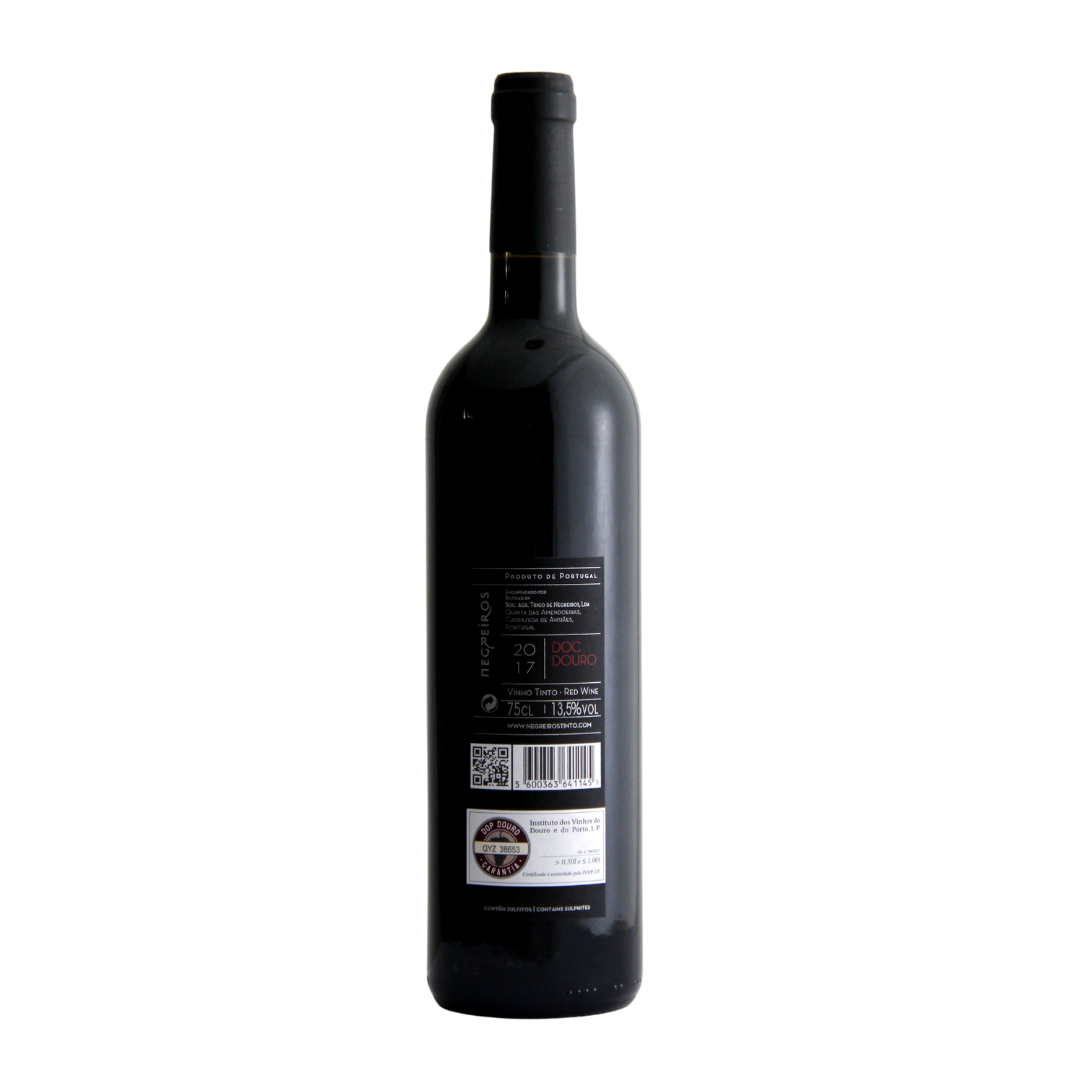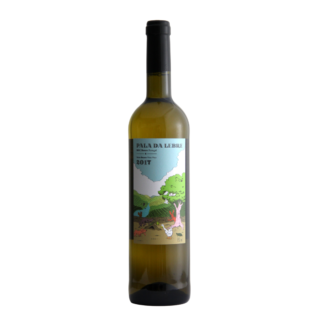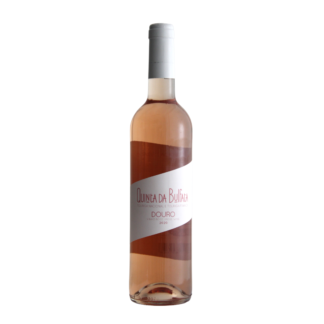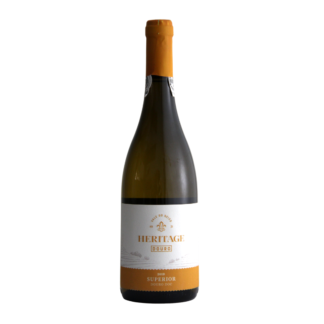Description
The grapes are harvested by hand and transported in boxes of max,
25kg (so they don’t crush under their own weight) to the winery (which is in the middle of the vineyard, so the grapes don’t make long journeys under the inclement Douro sun).
vineyard, so that the grapes do not make long journeys under the inclement Douro sun).
These precautions prevent the grapes from fermenting and oxidizing before they reach the destemmer.
destemmer. After destemming, the grapes are trodden (by human feet) in granite lagares.
granite presses. The choice of human treading is not the result of any traditionalist fetish – it is, rather, an oenological choice (even in the case of the
oenological option (to date, no better way has been invented to crush the grapes without crushing stalks and grapes).
without crushing stalks and pips). After treading, the must is inoculated with selected yeasts.
yeasts. The fermentation temperature is controlled. After alcoholic fermentation,
the wine undergoes spontaneous malolactic fermentation. Once all the wine has been tasted,
the batches that will go to wood are chosen. The Negreiros 2016 aged for 10 months in
French oak casks of 1st, 2nd and 3rd years. We always leave part of the wine in stainless steel,
to ensure that the wood ageing never overpowers the richness of the Douro grapes.
Douro grapes.






